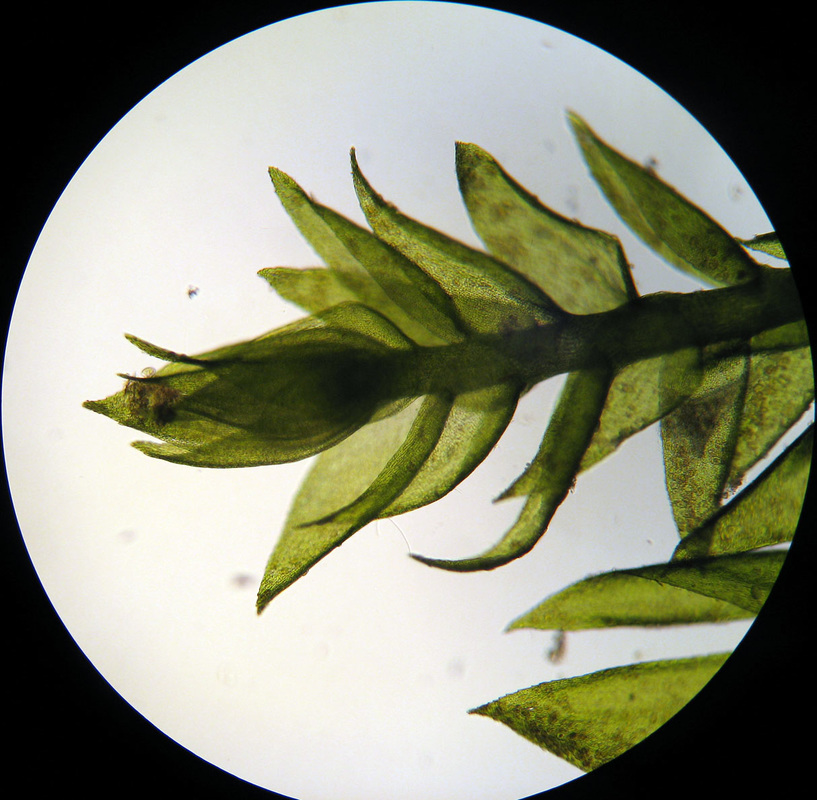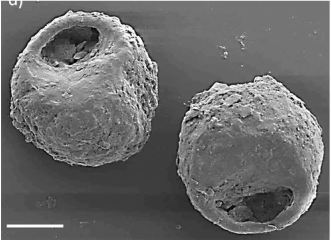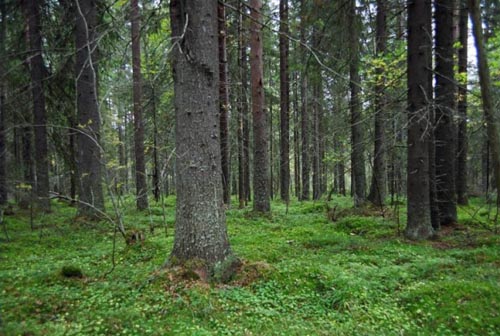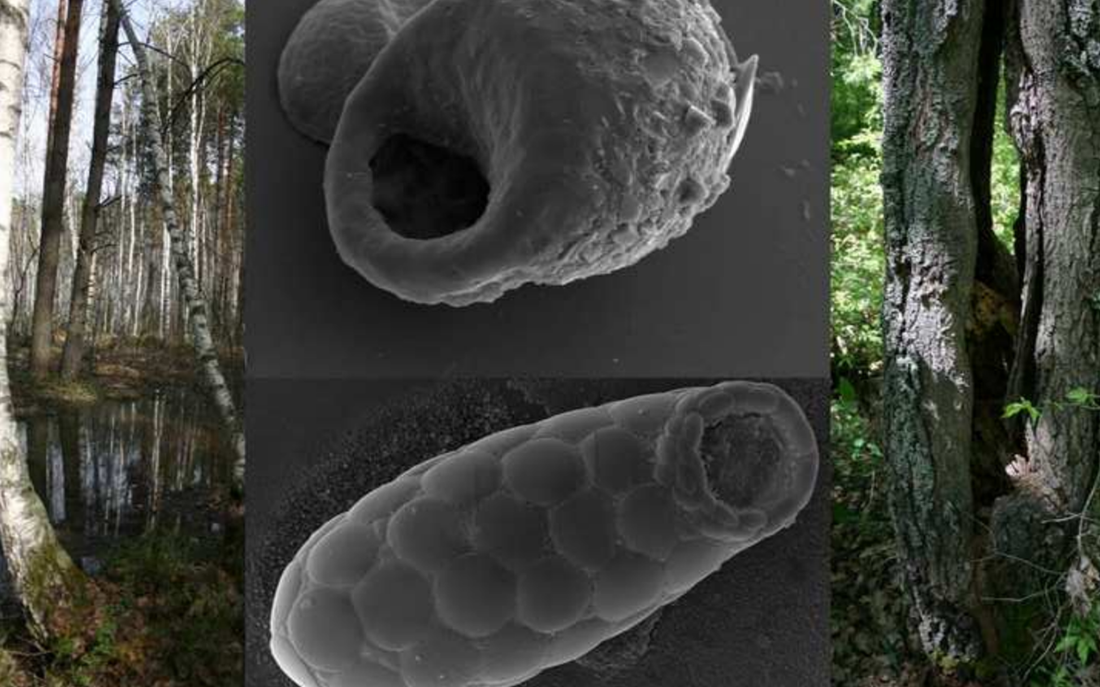So, we can now add that to the list of research topics for the canopy world!
|
We're back! Apologies for the blogging hiatus. The posts will be back to clockwork in no time and in the meantime we have a super close-up look at epiphytic moss and lichen. Richard Payne, Olga Belyakova & Yuri Mazei from Penza State University in Russia have just published some work looking at testate amoebae in epiphytic mosses and lichen. Testate amoebae are "are a diverse and abundant group of protists characterised by a hard shell". These small organisms are beginning to be used as bioindicators because they respond to many different human influences ranging from air pollution, to agriculture and chemical weapons disposal. As interested grows in this new field of scientific investigation, Payne and colleagues have been exploring the moss and lichen communities of trees in Russia to see if testate amoebae can be found there. Specifically, they investigated the habitat provided by moss and lichen on the lower tree trunks. So what did they find? The researchers discovered that epiphytic mosses and lichens are a very good habitat for testate amoebae. They found lots of generalist species and a considerable difference in species assemblages between lichen and moss habitat. They also found that there was greater species diversity in locations with greater moisture availability and also significant amoebae variability between different forests. To conclude, the authors state that "Epiphytic environments in forests are probably a comparatively widespread habitat for testate amoebae and are perhaps deserving of greater research attention than has thus-far been the case".
So, we can now add that to the list of research topics for the canopy world!
0 Comments
|
Subscribe to NZ Epiphyte Blog:Like us on Facebook!
Catherine KirbyI work with NZ's native vascular epiphytes at the University of Waikato. I completed an MSc on epiphyte ecology and the shrub epiphyte Griselinia lucida and have recently published the Field Guide to NZ's Epiphytes, Vines & Mistletoes. Categories
All
Archives
August 2016
|





 RSS Feed
RSS Feed
